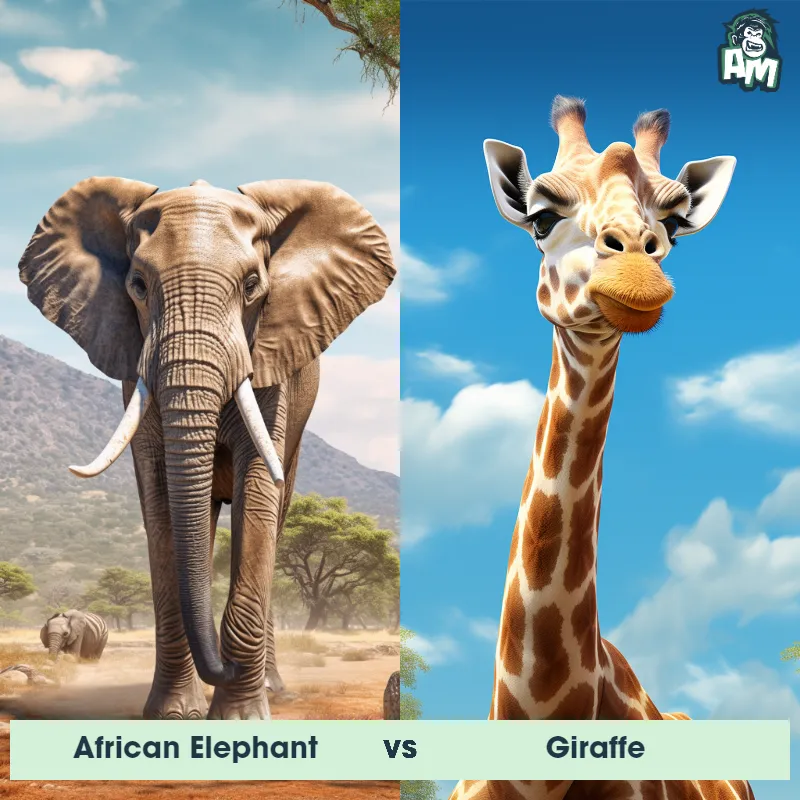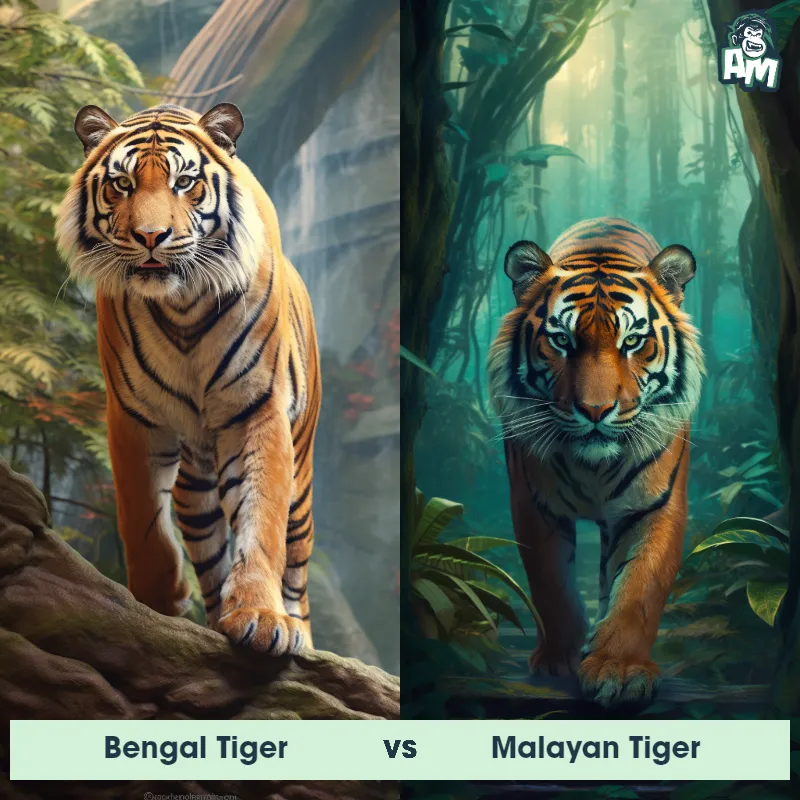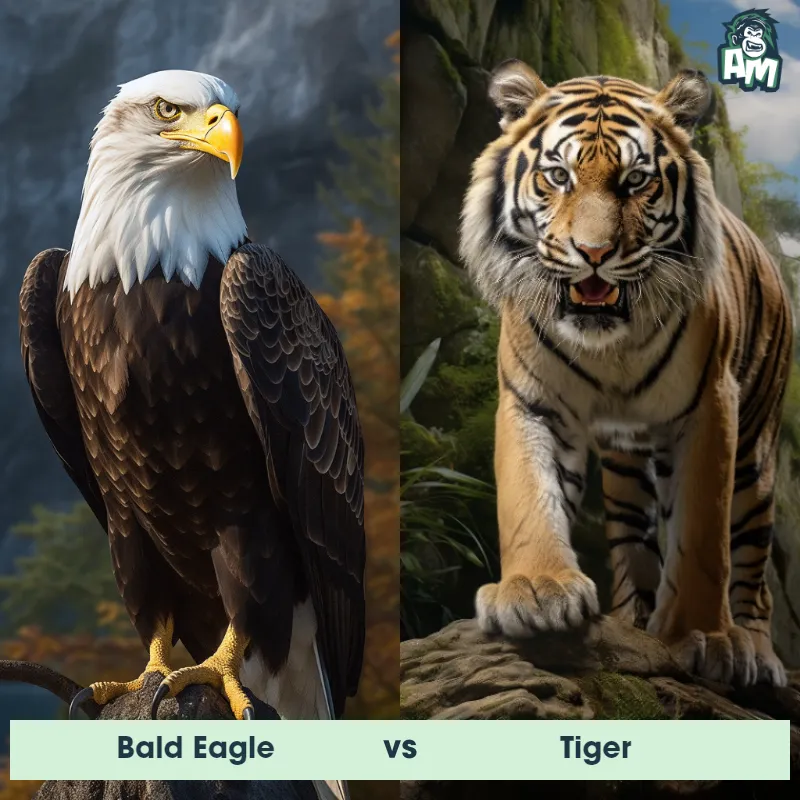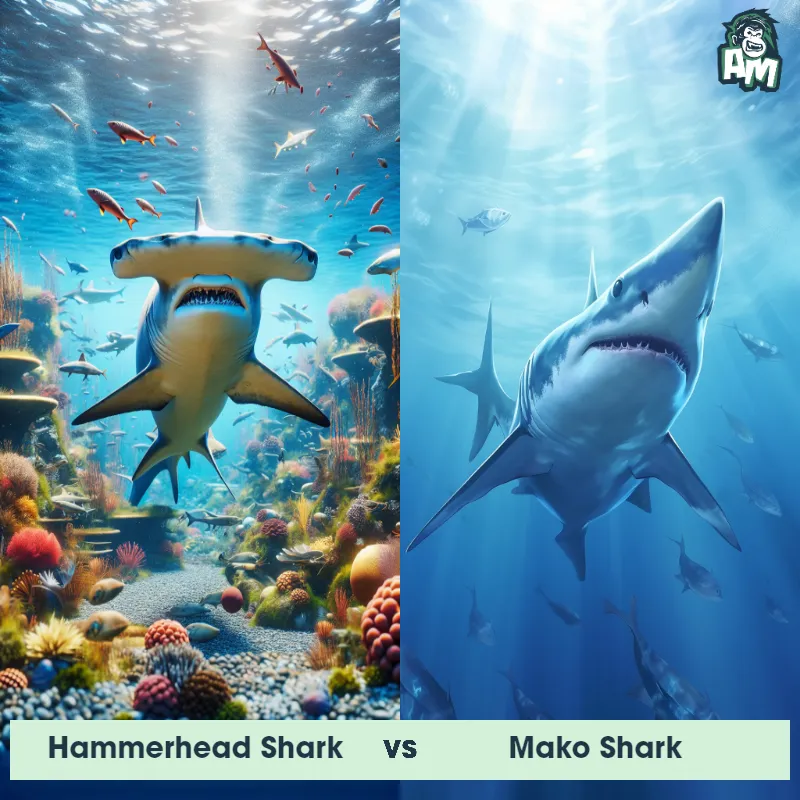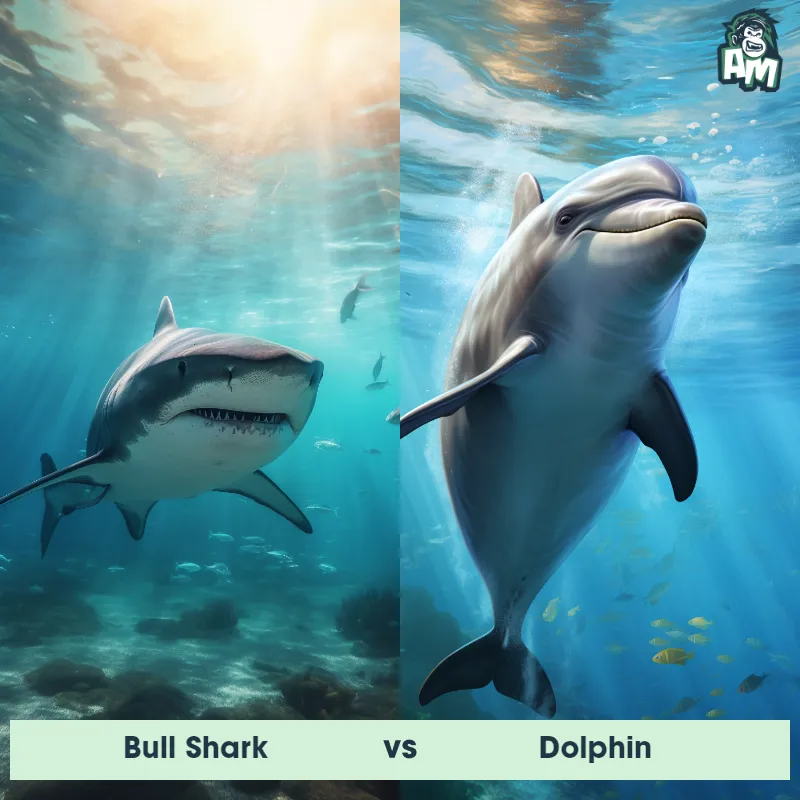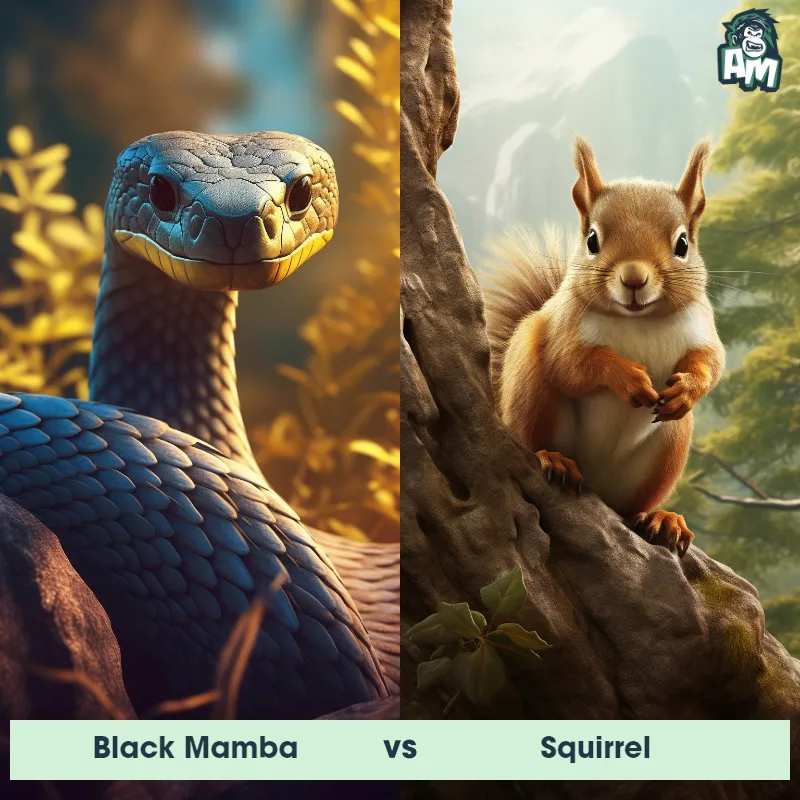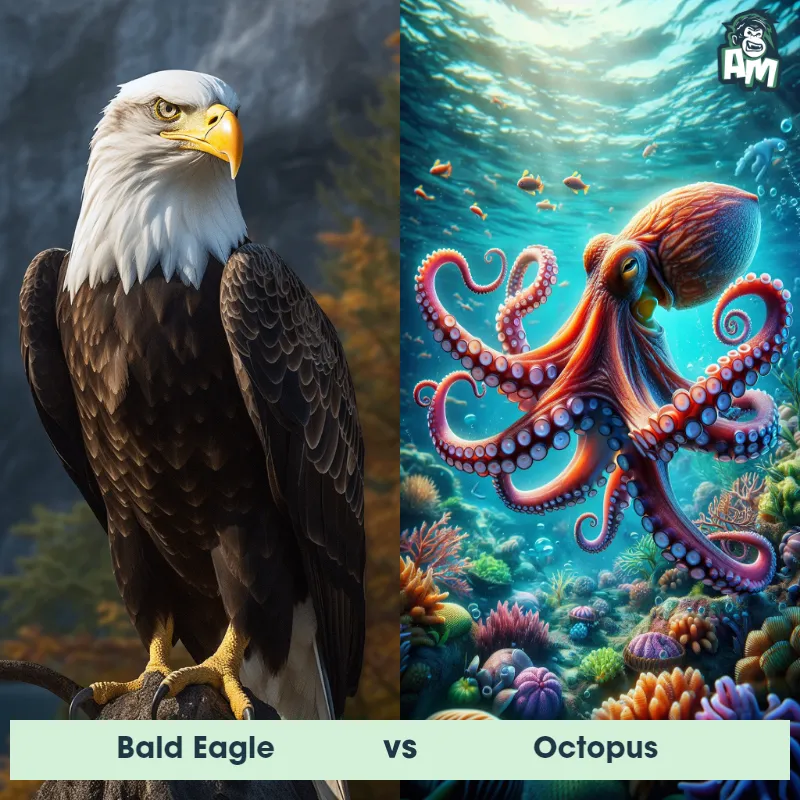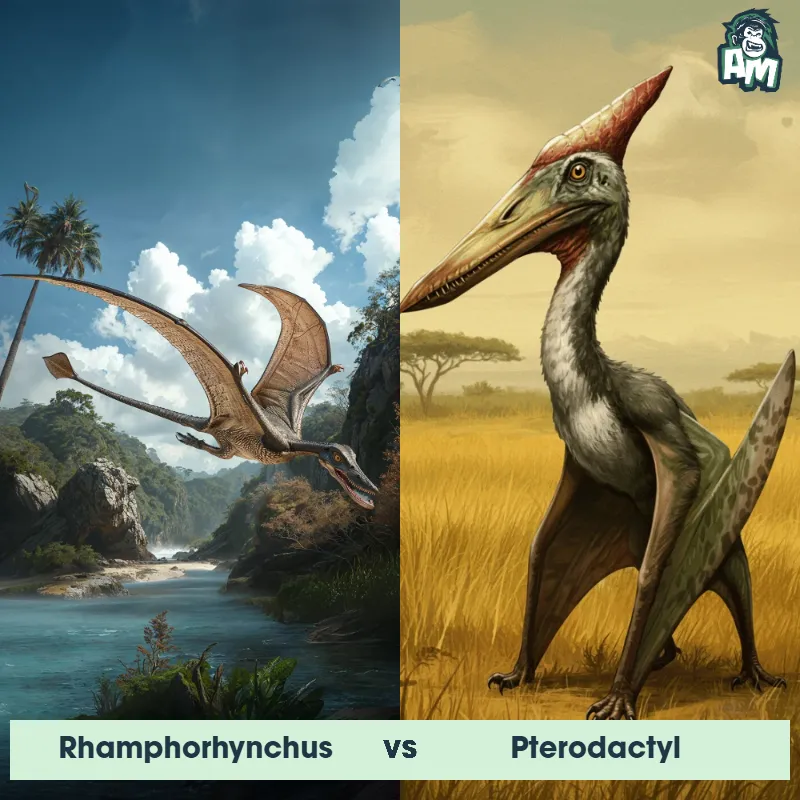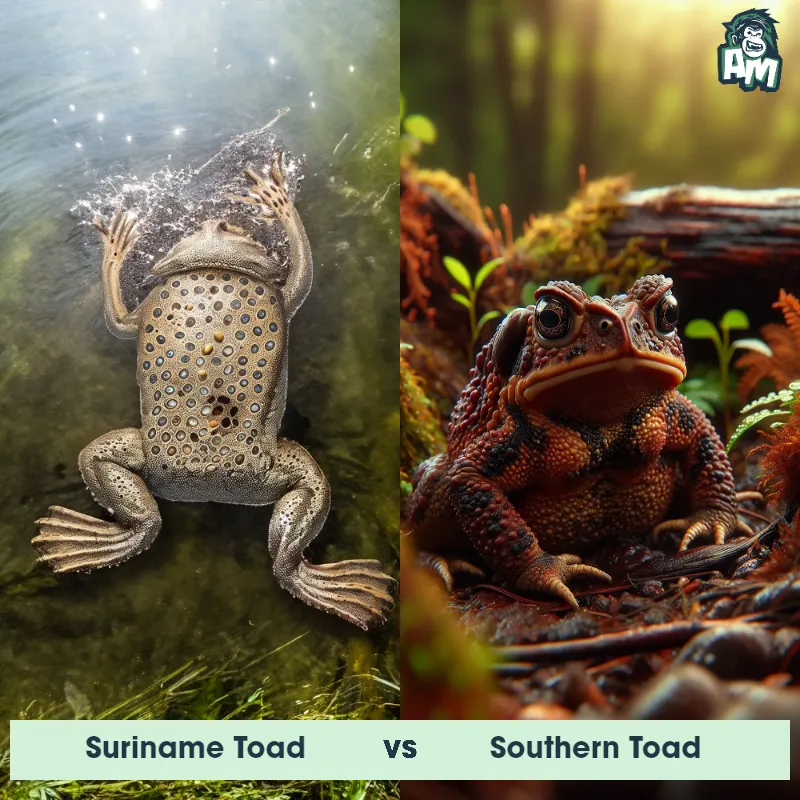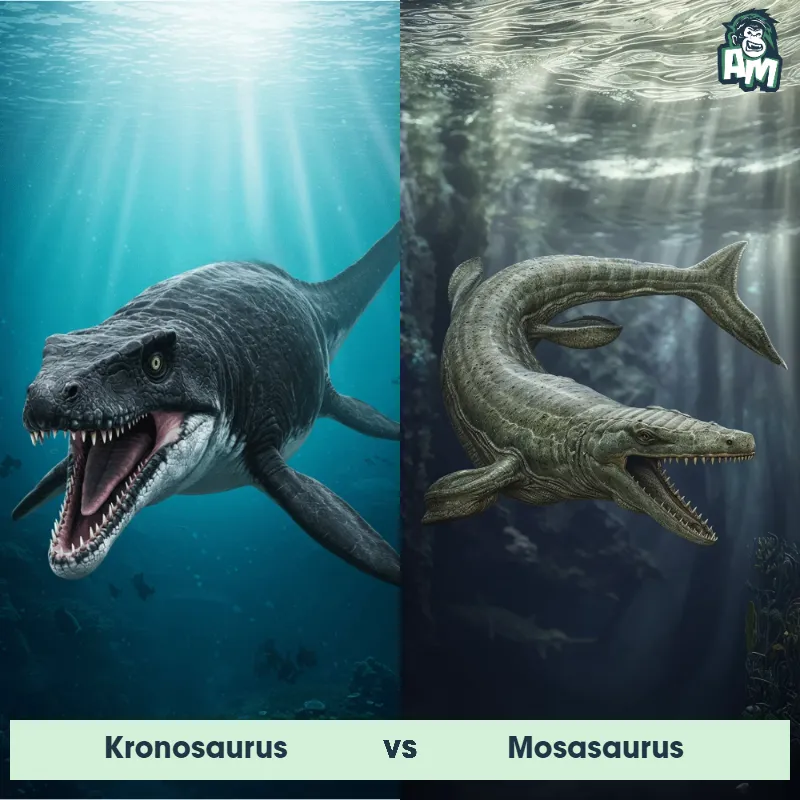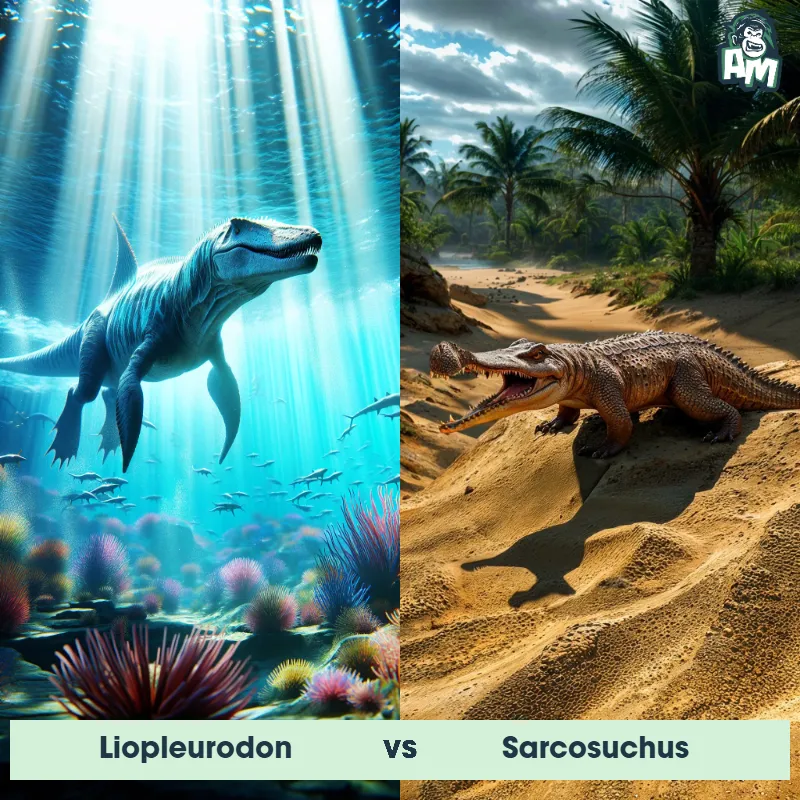Liopleurodon vs PlesiosaurusSee Who Wins
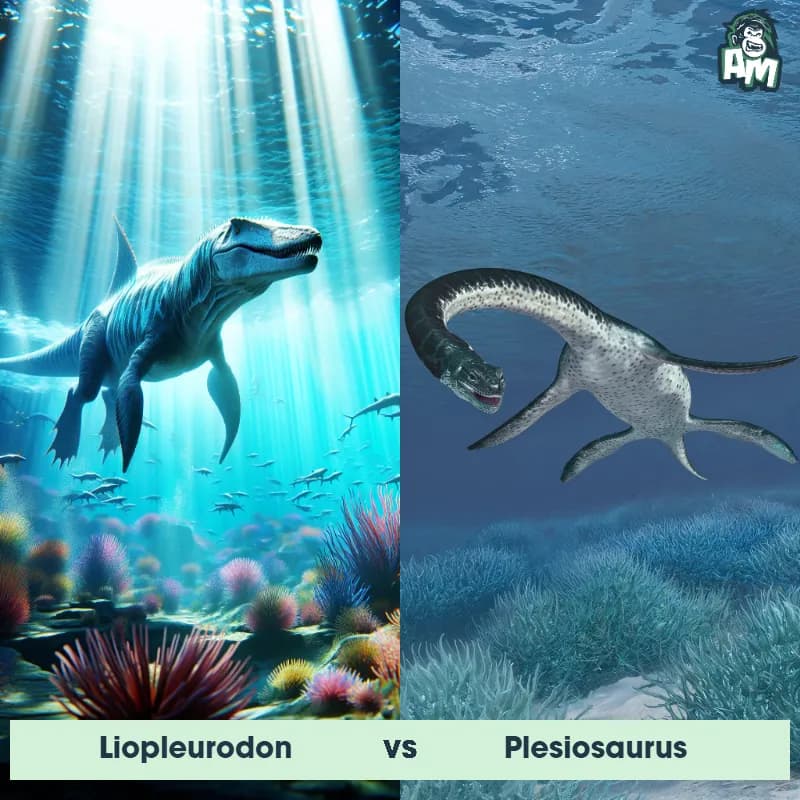
In the blue corner, the fierce aquatic titan, Liopleurodon, with its massive jaw and powerful bite. In the red corner, the sleek and steady swimmer, Plesiosaurus, ready to showcase its agility and long neck reach. It’s prehistoric power versus precision in a battle for marine supremacy.
Contender 1: Liopleurodon
The Liopleurodon, also known as the "plesiosaur," was a large marine reptile that lived during the Jurassic period. It had a streamlined body, four powerful flippers for swimming, a long neck, and sharp teeth. Liopleurodon could grow up to 23 feet in length and was a top predator in the ancient seas.
Fun Fact: Liopleurodon had an incredible sense of smell, able to detect prey from long distances thanks to its sensitive nostrils.
Contender 2: Plesiosaurus
The Plesiosaurus, a marine reptile from the Mesozoic era, had a long neck with a small head, a sleek body, and four paddle-like limbs, allowing it to swim gracefully through the water. It reached lengths of up to 23 feet and was a powerful predator of fish and other small marine creatures.
Fun Fact: Despite popular depictions in movies and books, the Plesiosaurus did not actually swim with its neck arched above the water in the Loch Ness Monster-like fashion, but rather moved its neck from side to side under the water while hunting.
Matchup Stats
| Liopleurodon | Plesiosaurus | |
|---|---|---|
| Size | Up to 23 feet (7 meters) | Up to 23 feet (7 meters) |
| Weight | Up to 2,200 pounds (1,000 kilograms) | Up to 2,000 pounds (900 kilograms) |
| Speed | 23-28 mph (37-45 km/h) | 5 - 10 mph (8 - 16 km/h) |
| Key Strength | Powerful jaws and sharp teeth | Speed in water |
| Biggest Weakness | Relatively slow maneuverability | Mobility on land |
Current Votes
Liopleurodon vs Plesiosaurus
See Who Wins
View More Matches
Looking For More?
Similar Matches
Scientific Stats
| Liopleurodon | Plesiosaurus | |
|---|---|---|
| Scientific Name | Liopleurodon | Plesiosaurus |
| Family | Pliosauridae | Plesiosauridae |
| Habitat | Marine | Marine |
| Geography | Worldwide | Worldwide |
| Diet | Carnivorous | Fish and small marine creatures |
| Lifespan | 15 years - 20 years | 25 years - 30 years |
Key Differences between Liopleurodon and Plesiosaurus
- Teeth: Liopleurodon had large, conical, and sharp teeth designed for gripping prey, whereas Plesiosaurus had smaller, needle-like teeth suited for catching smaller prey.
- Limbs: Both had flippers for limbs, but Liopleurodon's were longer and more powerful compared to the shorter, paddle-like flippers of Plesiosaurus.
- Body structure: Liopleurodon had a more streamlined, muscular body, whereas Plesiosaurus had a broader, more elongated body with a pronounced barrel shape.
- Head and skull: Liopleurodon had a large, robust head with a massive skull, while Plesiosaurus had a smaller head proportionate to its body with a narrower skull.
- Neck length: Plesiosaurus had a very long neck, making up about half of its body length, while Liopleurodon had a relatively short neck.
- Tail: Liopleurodon had a relatively short tail compared to the longer tail of Plesiosaurus, which was in proportion with its elongated body.



